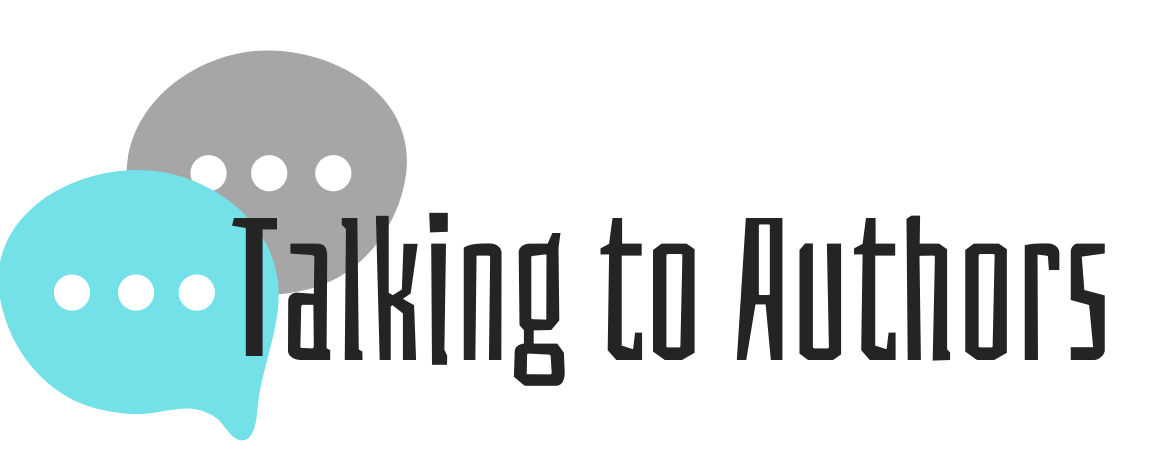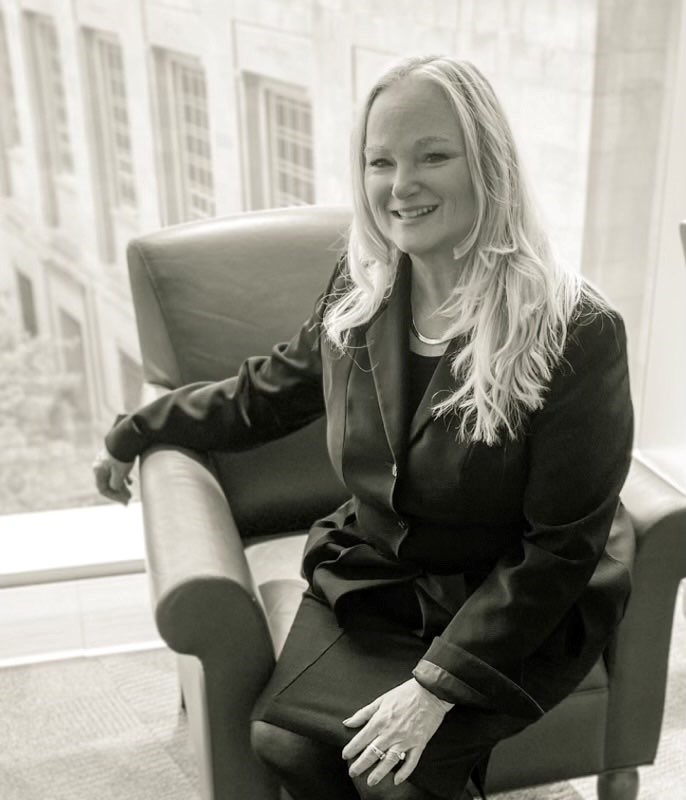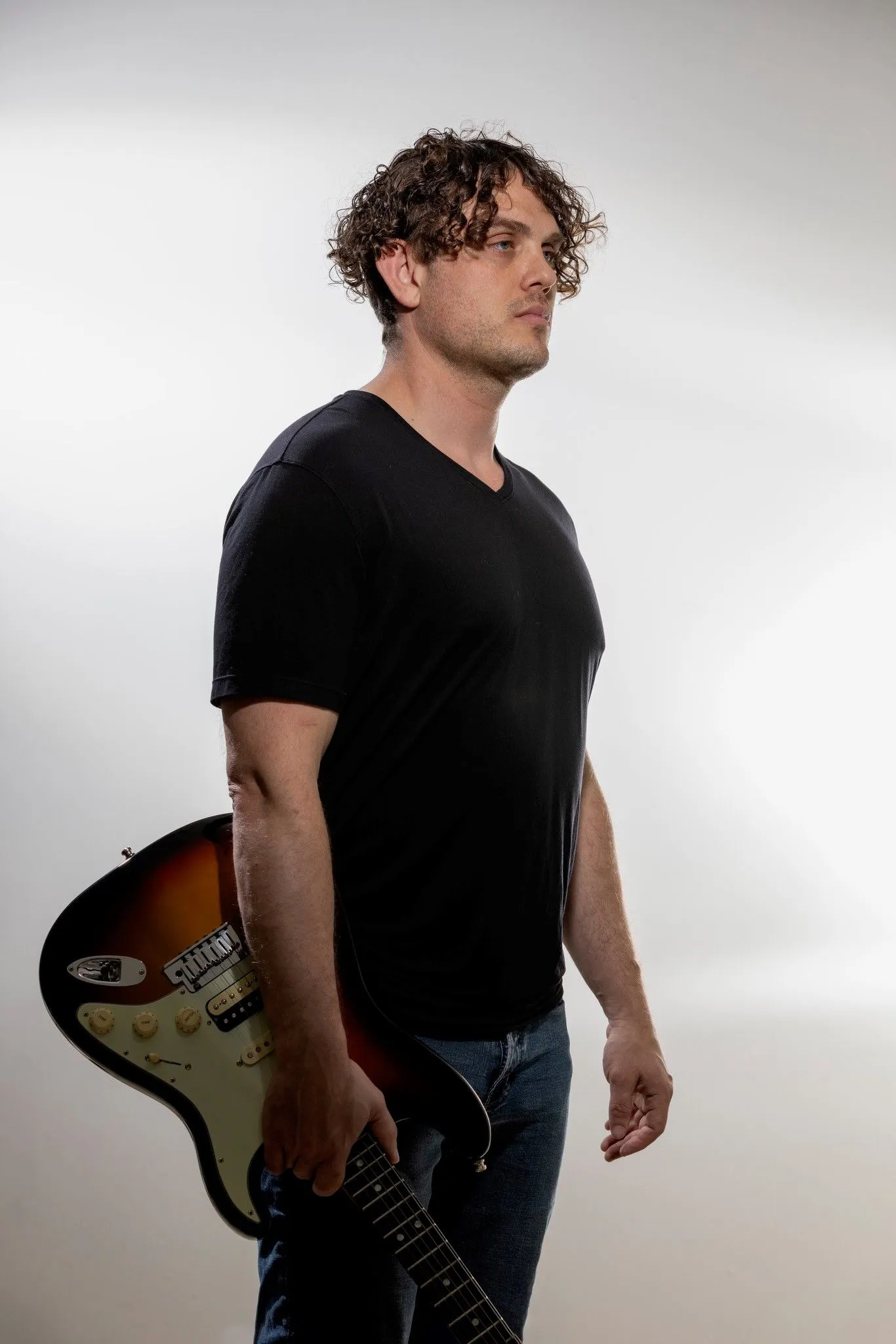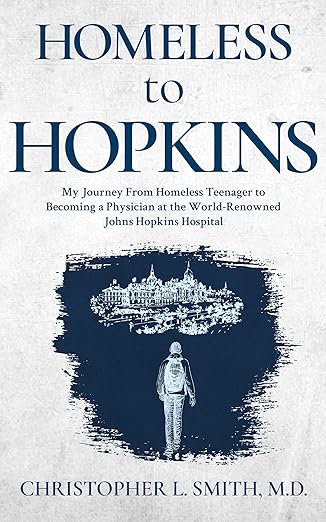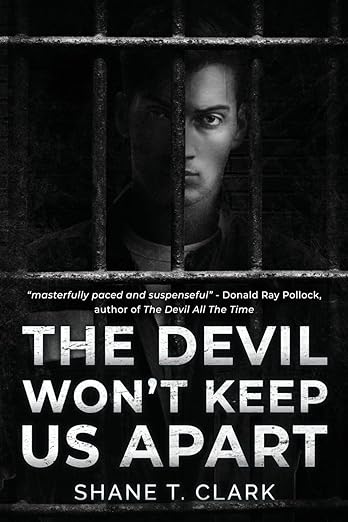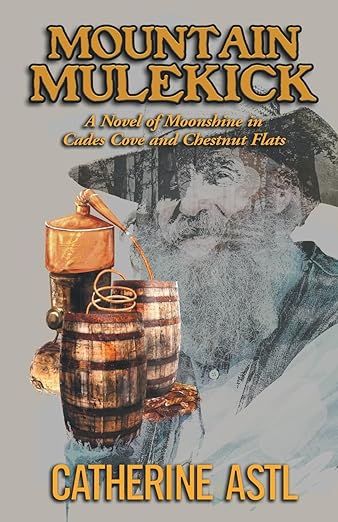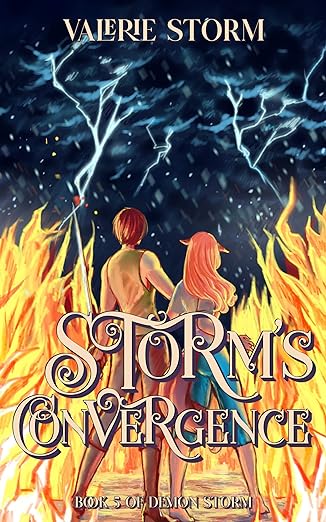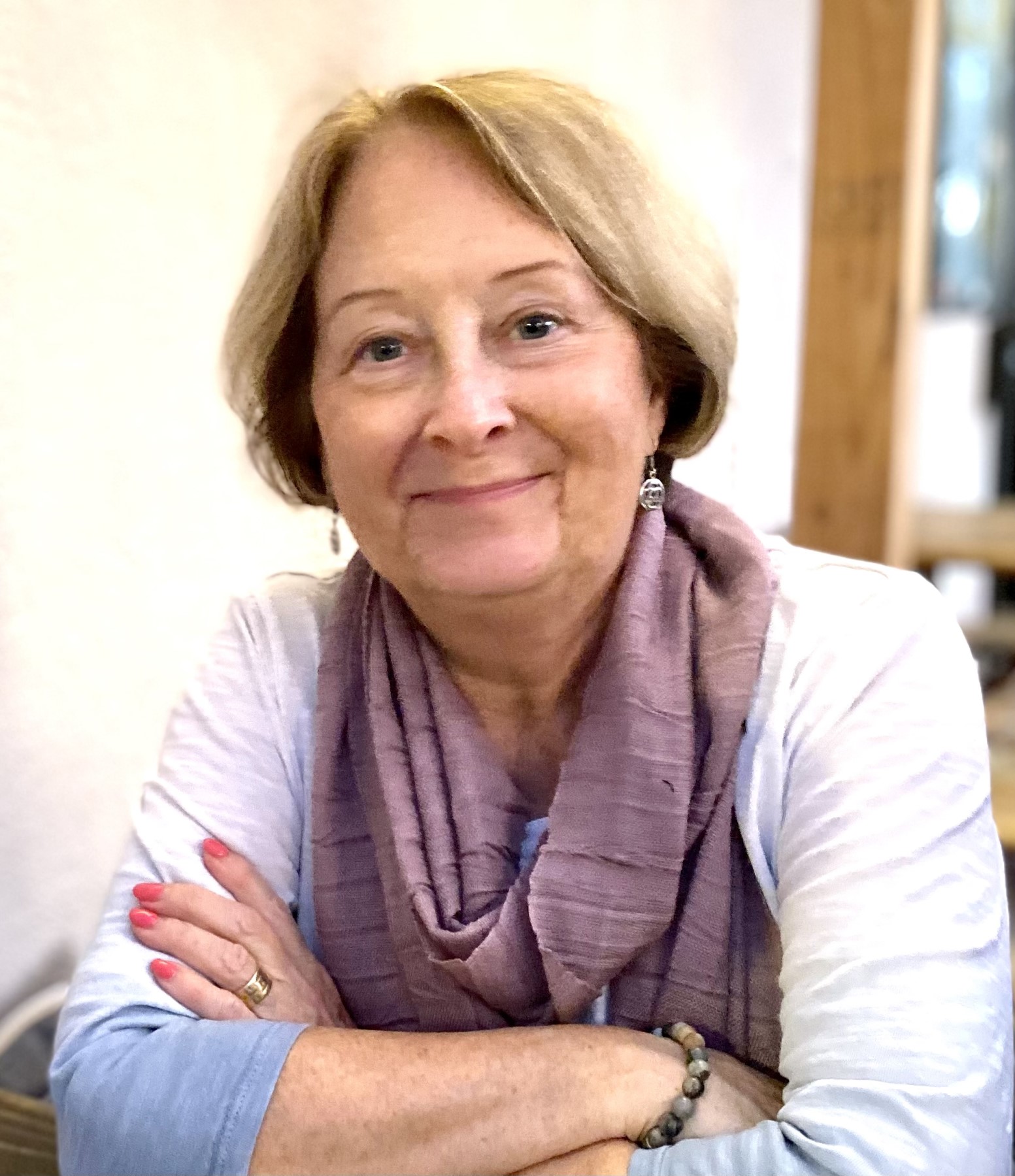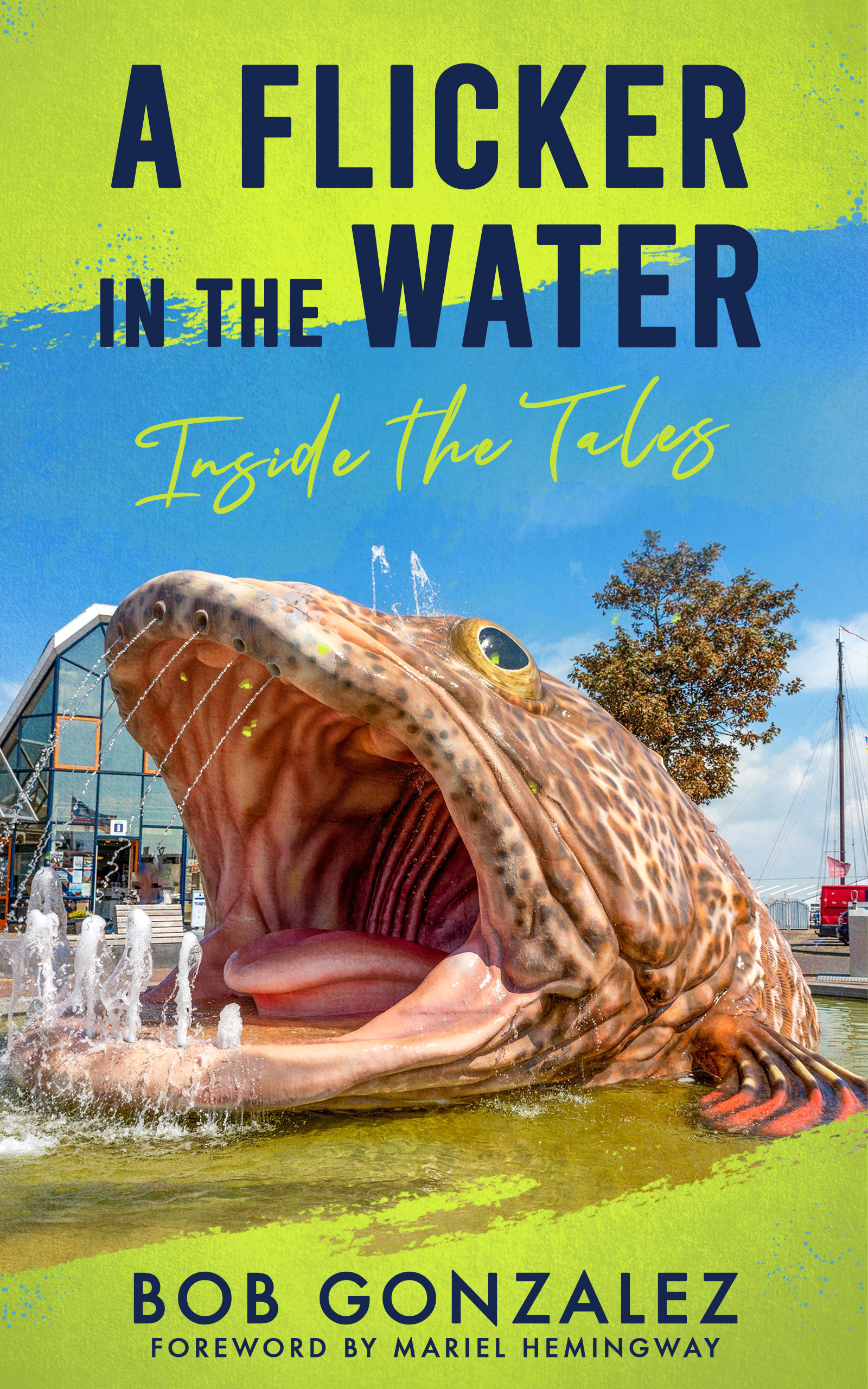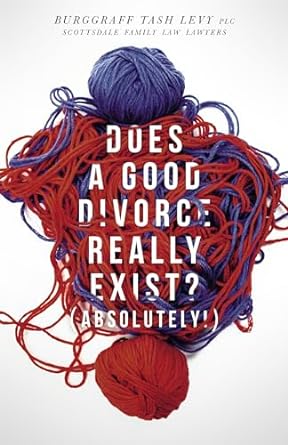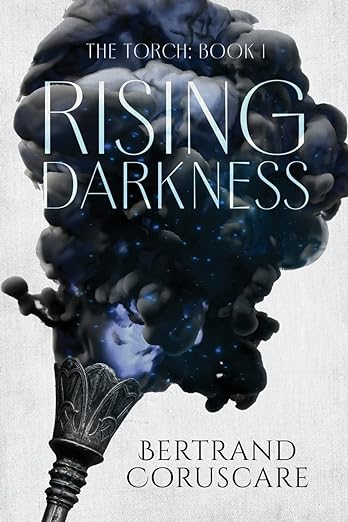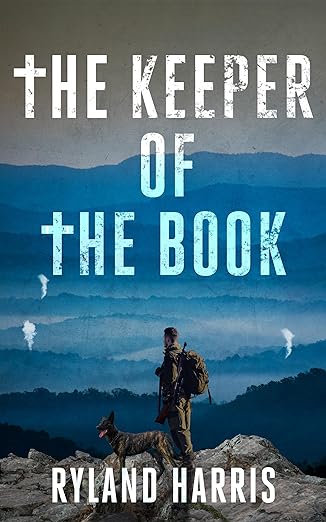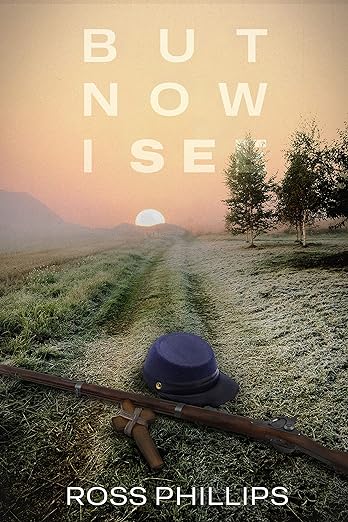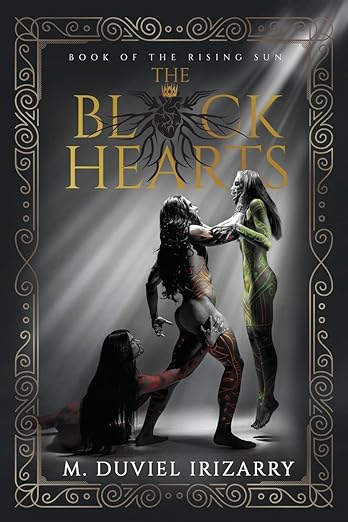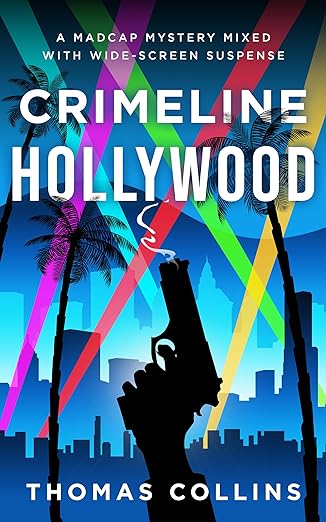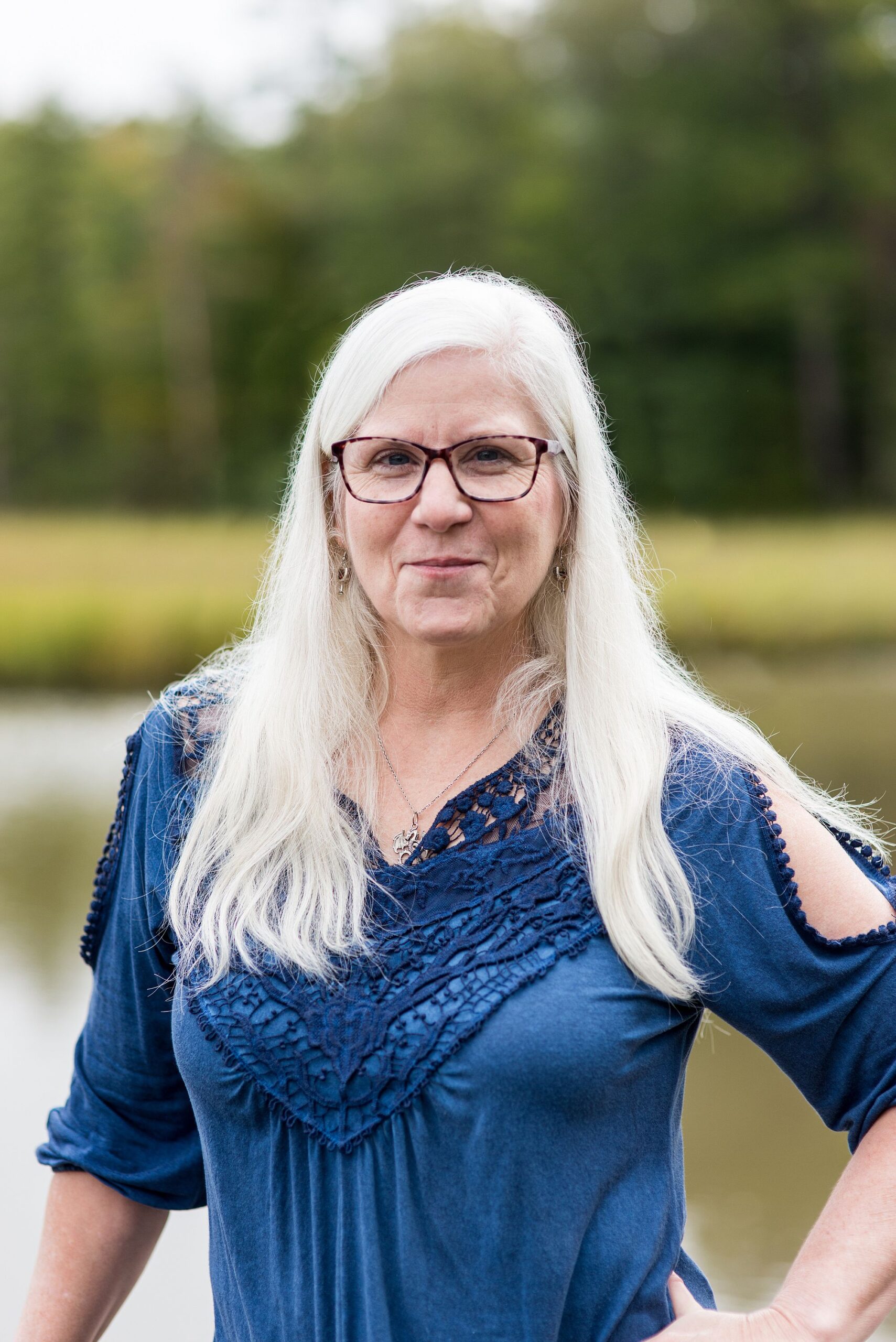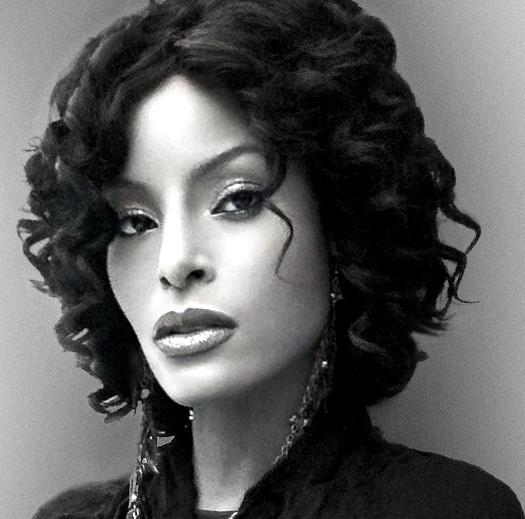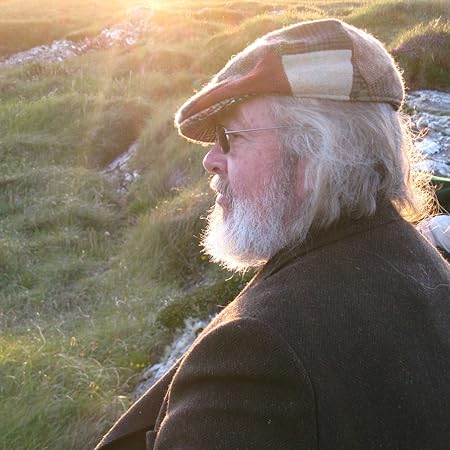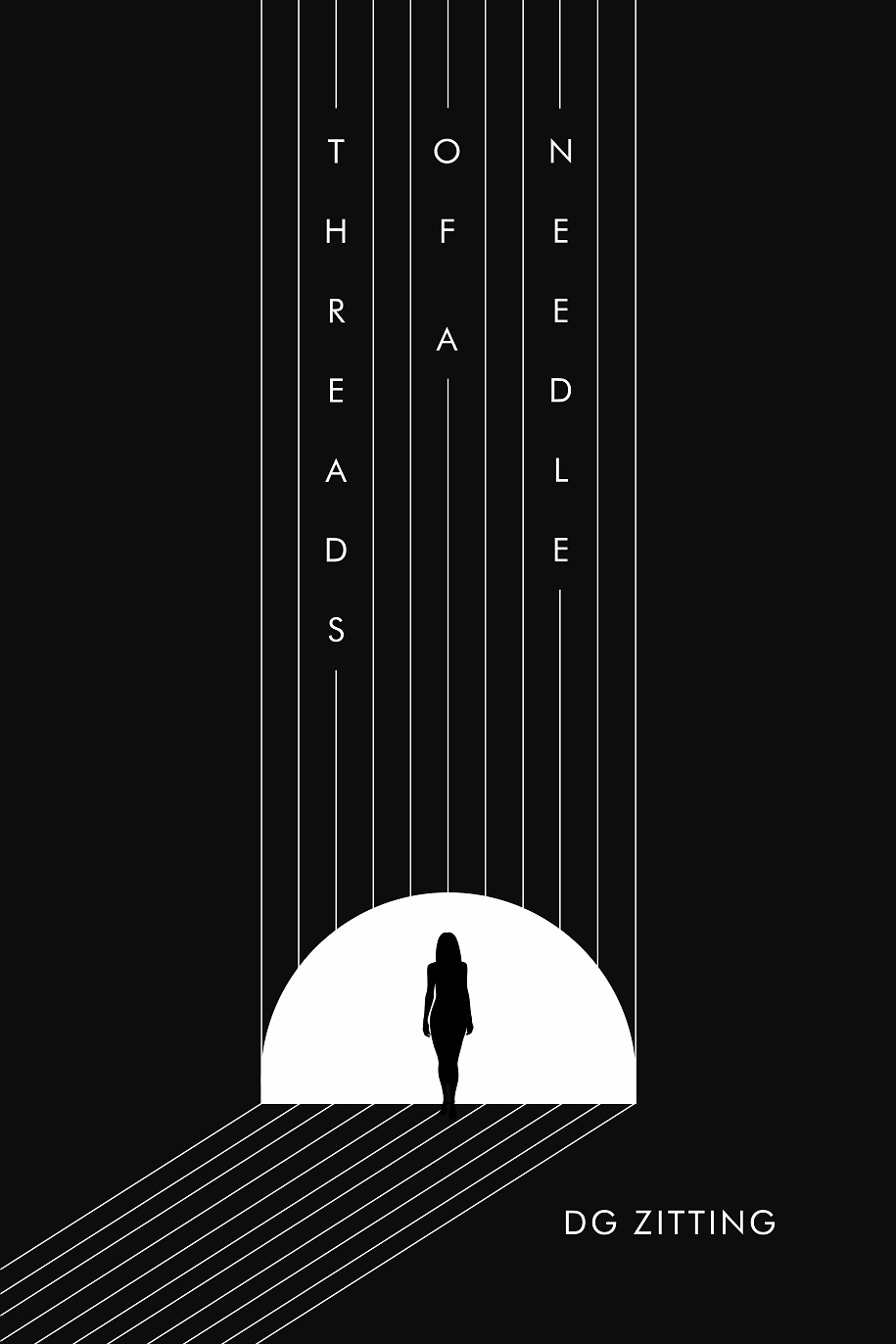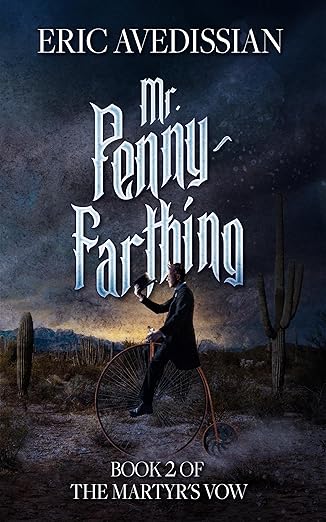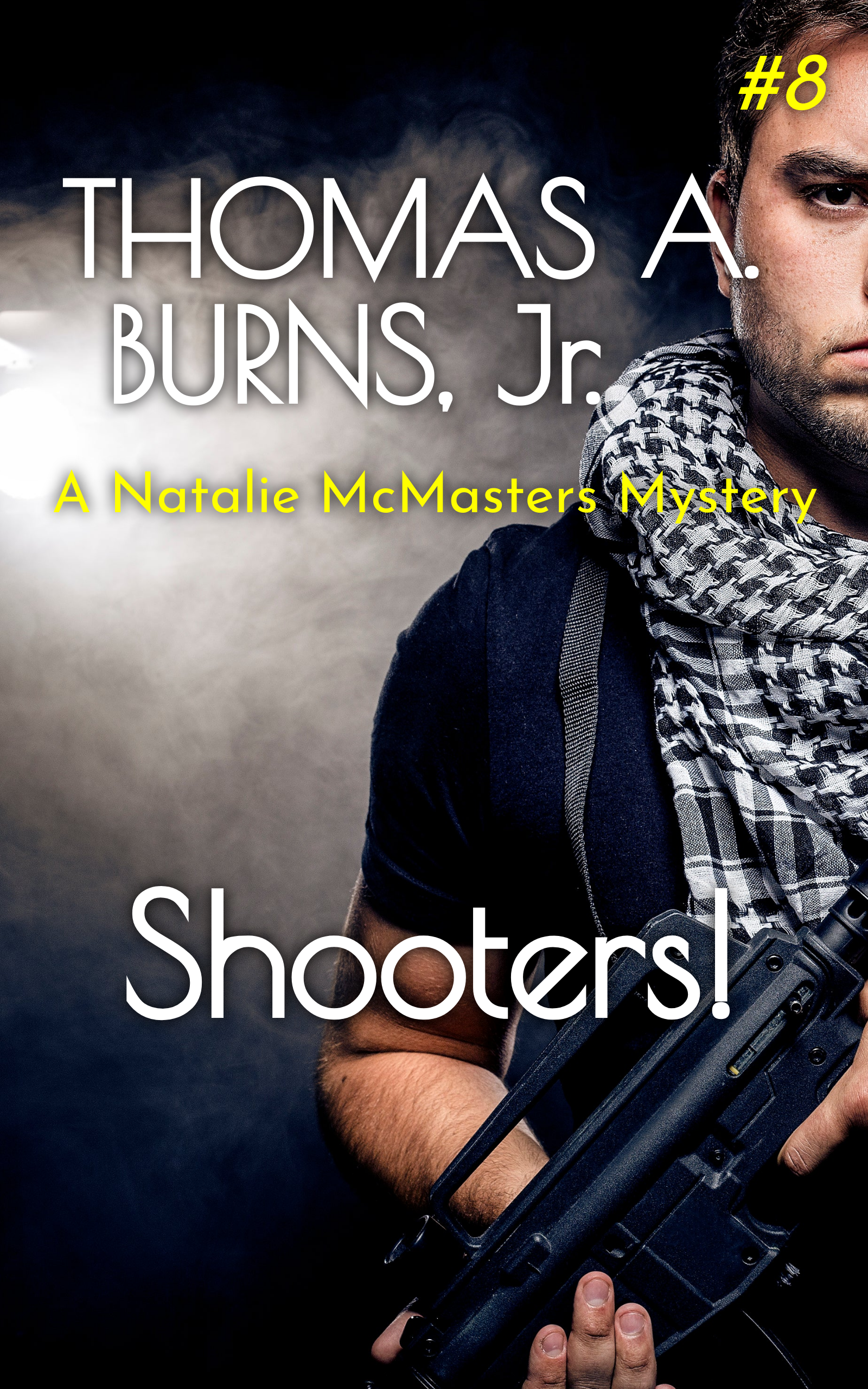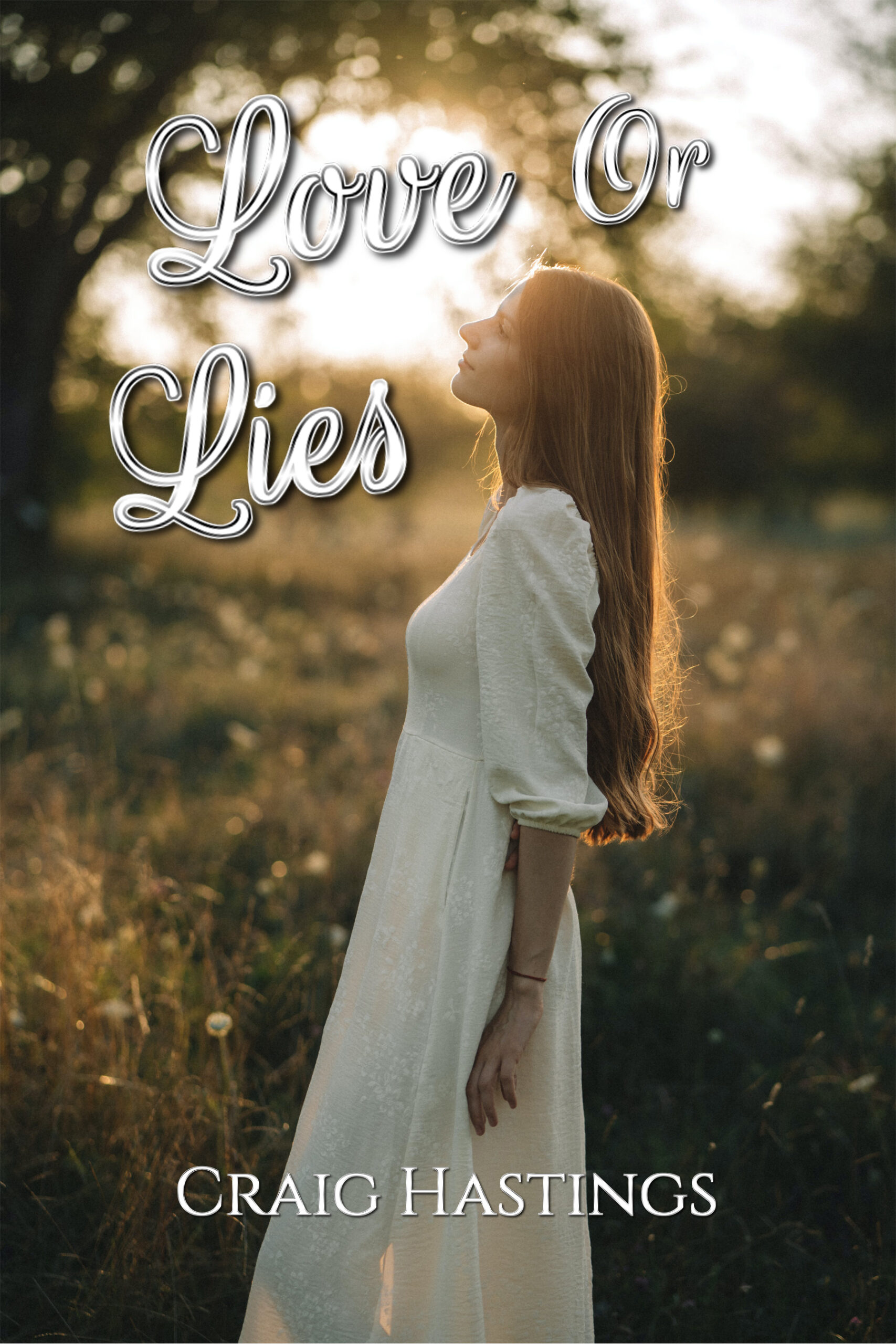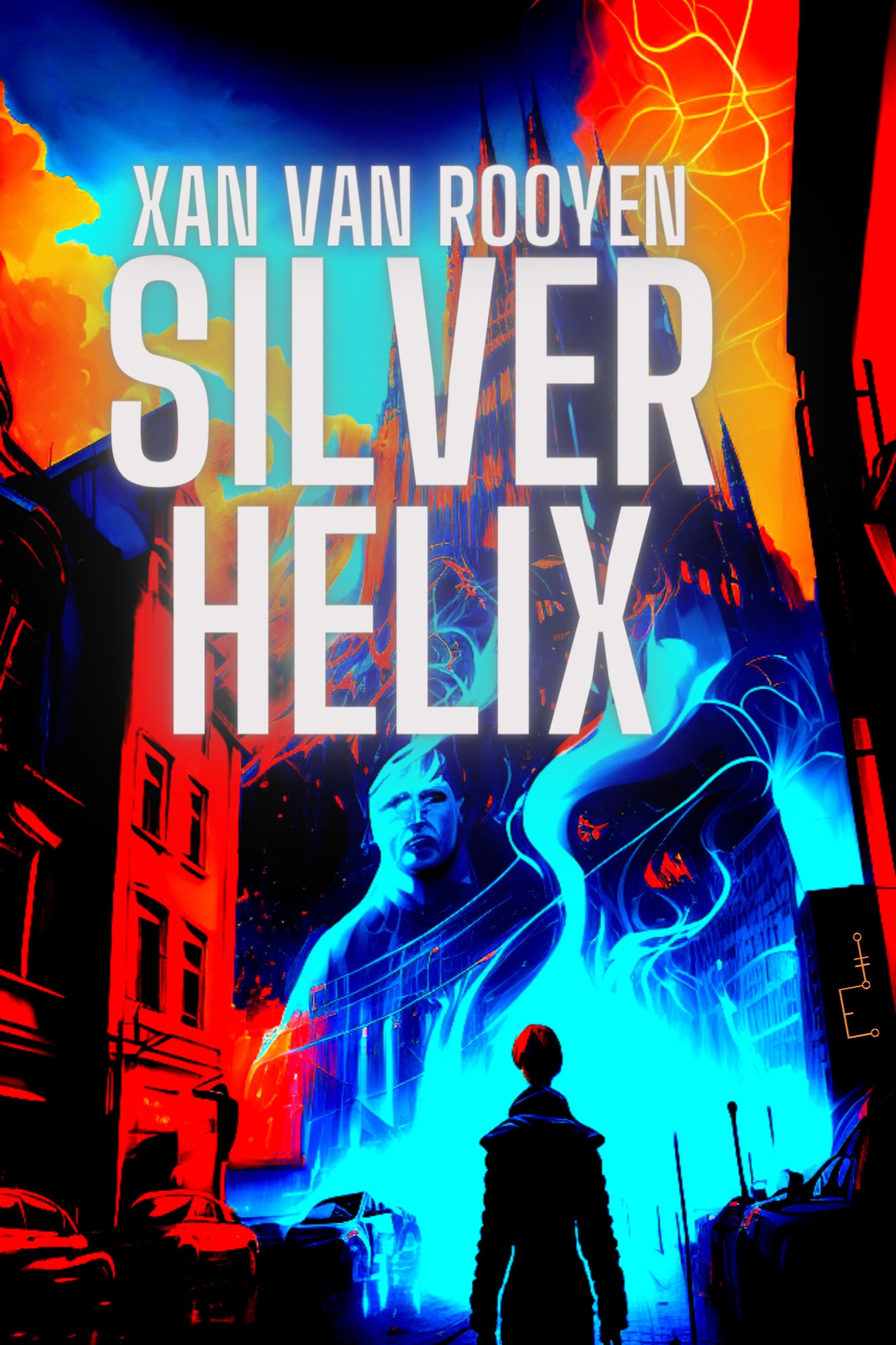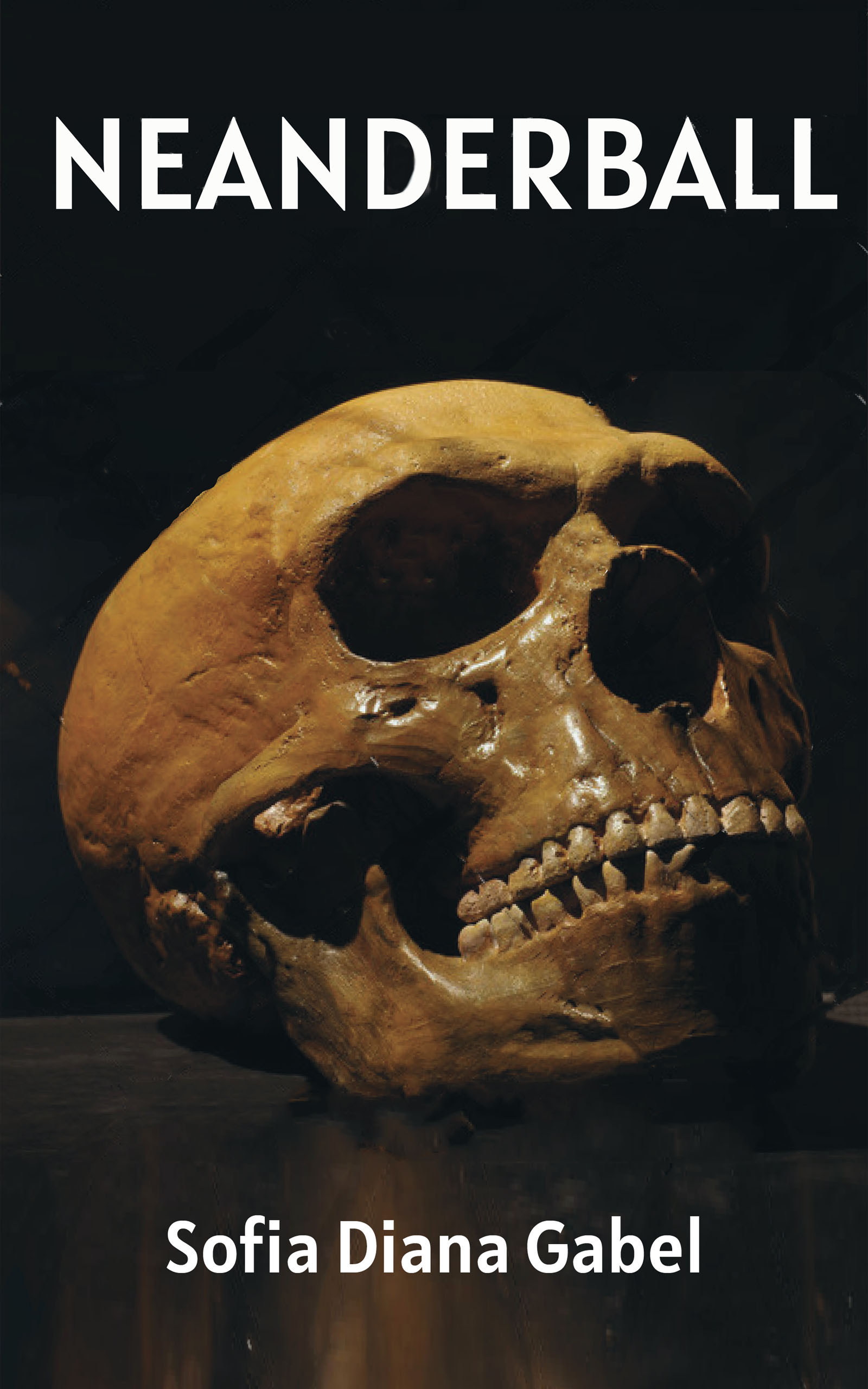Rhonda Parker Taylor is an author, an entrepreneur, and an academic researcher. She has received both an MBA and a bachelor’s in science management from Indiana Wesleyan University and has a decade of experience in business, management, and leadership education. It’s no surprise that she is a disciplined individual with all of this experience, and she does avid research when it comes to her writing. Her crime novel Crossroads is an example of her passion and research.
Crossroads follows Paris Pennington, a total workaholic within the financial community in Indianapolis. Her life takes a turn when she is called to participate as a juror in a murder trial. Paris’ life becomes all the more complex throughout this, and readers follow her trying to keep the pieces of her life together. In this interview, we ask Rhonda Parker Taylor some questions about what led her to this career, as well as her character writing methods.
What led you to become a crime novelist?
My journey into crime novel writing was ignited by a lifelong fascination with suspense, sparked by courtroom dramas and the captivating tales of Sidney Sheldon. Even in everyday life, I found stories everywhere, weaving narratives from the people I observed and the places I explored. The turning point occurred during a community service project, exploring the complexities of a community’s needs and witnessing the intricacies of courtroom proceedings.
This experience shattered the illusion of a neatly defined world of justice and exposed the often unfair reality of life and crime. In the midst of this chaos, the undeniable truth emerged that, like any gripping drama, there are winners and losers. This realization fueled my desire to craft stories that prompt reflection on society’s perceptions of crime, relationships, and others.
Crossroads, my debut novel, inquiries into the turbulent emotions of anger, fury, and envy, offering readers a lens to ponder the intricate interplay of human emotions in the face of crime and adversity. Through my writing, I aim to provoke thought and challenge preconceptions about the complexities of life and the blurred lines between right and wrong. Lastly, I wanted to prove to myself that I could write a bestselling novel and I believe my best writing is to come.
Are there any specific rituals or routines you follow while writing to get into the mindset of your characters or the crime genre?
In my writing process, I adhere to the ritual of producing at least one page a day, even if the output may not be stellar. This practice ensures a consistent flow and helps overcome any creative hurdles.
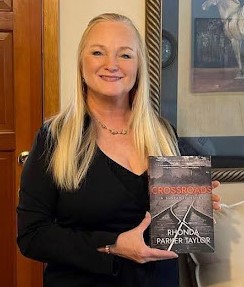 To dig into the mindset of my characters, particularly in the crime genre, I employ a multifaceted approach. Initially, I use a medical assessment technique known as a SOAP Note, typically utilized by healthcare providers. This method helps me comprehensively define a character’s physical characteristics, employing the sections of Subjective, Objective, Assessment, and Plan. This structured approach aids in creating a well-rounded and detailed profile, enriching the character’s depth.
To dig into the mindset of my characters, particularly in the crime genre, I employ a multifaceted approach. Initially, I use a medical assessment technique known as a SOAP Note, typically utilized by healthcare providers. This method helps me comprehensively define a character’s physical characteristics, employing the sections of Subjective, Objective, Assessment, and Plan. This structured approach aids in creating a well-rounded and detailed profile, enriching the character’s depth.
Furthermore, I embark on a visual journey by shopping for images that represent the character and their surroundings. This process extends to their clothing choices, fostering a vivid understanding of how they present themselves to the world. This not only helps me understand their self-perception but also enables me to explore how others perceive them, unveiling both strengths and weaknesses. To enhance the psychological dimension of my characters, I utilize the DSM-V manual, commonly employed by psychiatrists. This method allows me to intricately define the mental state of my characters, offering insights into their reactions, behaviors, and the interplay of mind and body.
Finally, I outline the plot, initially starting with a structured plan. However, I acknowledge the dynamic nature of storytelling, as characters often guide the narrative towards their own envisioned conclusion. This flexibility prevents writer’s block and allows the characters to shape the story organically. The combination of these rituals and routines contributes to a well-informed and dynamic writing process.
Can you relate or do you have a favorite character in your book?
In Crossroads, each character holds a special place in my writing heart, and I can find relatability in the subtle difference in or shade of meaning of their personalities. While I share some traits with them all, the main character, Paris Pennington, embodies the societal ideal of a Type A personality. Her journey explores the workings of a driven individual facing unexpected challenges.
Other characters serve as reflections of different facets of the world we navigate. James, the mentor, embodies the caring business figure, illustrating the significance of mentorship in personal and professional growth. Jenny, the best friend, represents the struggles of co-dependency, a role many of us encounter in our lives. Dave, the handsome prosecutor, steps into the archetype of the knight in shining armor, fulfilling the dreamy ideals many hold.
Through these diverse characters, Crossroads weaves a rich tapestry of human experiences, acknowledging the contributions of individuals in various roles— from the janitor to the police, and assistants to executives. Each character’s story underscores the interconnectedness of life, emphasizing the impact of seemingly small interactions and the diverse roles people play in our daily existence.
How do you approach researching for your novels, and what are some of the most interesting or challenging aspects of this process?
My approach to researching for novels encompasses a diverse range of sources, from Google and academic research to immersive experiences. The goal is to ensure accuracy and authenticity in various aspects of the narrative. One of the most fascinating yet challenging aspects is capturing the intensity and stress in scenes involving chases or crime reporting.
To tackle this, I take an immersive approach. I’ve signed up to ride along with police officers, gaining firsthand experience of their day-to-day challenges. Listening in on 911 calls has been invaluable, providing insight into the raw emotions and urgency inherent in emergency situations. This real-world exposure aids in crafting realistic and gripping narratives, especially in high-stakes scenes. Utilizing academic research is vital for understanding the legal and procedural aspects of crime, ensuring that the fictional elements align with real-world practices. Google and other online resources provide quick access to a wealth of information, offering details on specific locations, technologies, or cultural nuances relevant to the narrative.
The most challenging part lies in translating the visceral nature of stressful situations into words. This requires a delicate balance to convey the tension without overwhelming the reader. It’s an ongoing learning process, and the firsthand experiences with law enforcement professionals contribute significantly to overcoming this challenge. The immersive and varied research methods not only enhance the authenticity of the narrative but also offer a unique perspective that can distinguish the storytelling. By combining firsthand experiences with traditional research, I aim to create a dynamic and engaging crime narrative that resonates with readers.
Do you plan these elements in advance, or do they evolve as you write?
I begin with a structured outline, but the narrative elements, twists, and character arcs often evolve organically as I write. It’s a dynamic process that combines initial planning with the spontaneity of storytelling, allowing the characters to shape the plot and surprises to unfold naturally.
How do you navigate staying true to the genre while bringing your unique voice to your work?
In the initial stages of crafting Crossroads, my primary focus was on storytelling without rigidly adhering to genre conventions. Having immersed myself in various suspense novels, I absorbed the essence of the genre but allowed my unique voice to guide the narrative. The goal was to authentically portray characters, their struggles, and the intricate plot, which organically unfolded.
Upon completing the novel, a reflective phase ensued. I revisited the manuscript, ensuring that while staying true to my voice, I had effectively incorporated the quintessential elements of suspense. This involved a careful review to guarantee that the twists and turns resonated with the genre expectations, elevating the suspenseful atmosphere.
Crucially, I recognized the need to offer more than just a gripping storyline. My aim extended beyond mere plot intricacies; it encompassed infusing the narrative with meaningful lessons. Each twist, turn, and revelation was crafted with a purpose—to not only captivate the reader but to provoke thought and reflection.
In essence, the process evolved from an initial pure storytelling approach to a balanced blend of my distinct narrative voice and the essential characteristics of the suspense genre. This meticulous balance ensured that Crossroads became more than just a suspense novel—it became a resonant and thought-provoking exploration of human complexities.
Find the Author
Crossroads: A Suspense Novel
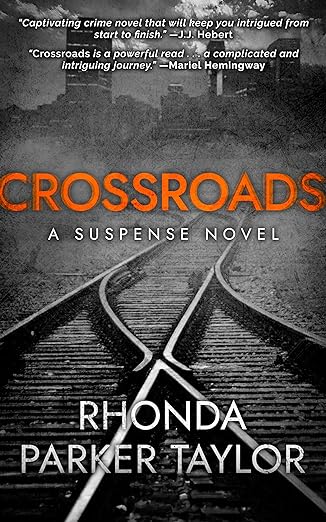 Paris Pennington, a lovely workaholic about to be confronted with adversity and chaos, with challenges leading her to restlessness, uncertainty, and questioning her life choices and her current path. The fabric of her life begins to be picked apart as people around her start dying. A crossroad leads her to make a change and promises to fulfill her dreams while an embattled personal war between past and present comes together, testing loyalty and the forces of envy that may prevent tomorrow from coming.
Paris Pennington, a lovely workaholic about to be confronted with adversity and chaos, with challenges leading her to restlessness, uncertainty, and questioning her life choices and her current path. The fabric of her life begins to be picked apart as people around her start dying. A crossroad leads her to make a change and promises to fulfill her dreams while an embattled personal war between past and present comes together, testing loyalty and the forces of envy that may prevent tomorrow from coming.
“Keeps readers engaged in not only Paris’s personal life, but also the world of murder, tragedy, death, and the hope for justice.” – Golden Globe-Nominated American Actress and Author Mariel Hemingway
“Paris Pennington is a protagonist that you find yourself rooting for from start to finish, even as those close to her mysteriously fall.” – Best Selling Author J.J. Hebert
Purchase Crossroads
